The Future of Commercial Aviation

The aviation industry has come a long way since the Wright Brothers’ first powered flight in 1903. Today, commercial aviation is an essential part of global transportation, connecting people and goods across the world. However, the industry is constantly evolving, and new technologies and trends are shaping its future. In this article, we will explore the future of commercial aviation and the key trends that are likely to shape it in the coming years.
In this article, we will explore some of the potential changes and innovations that are expected to shape the future of commercial aviation.
Electric Aircraft:
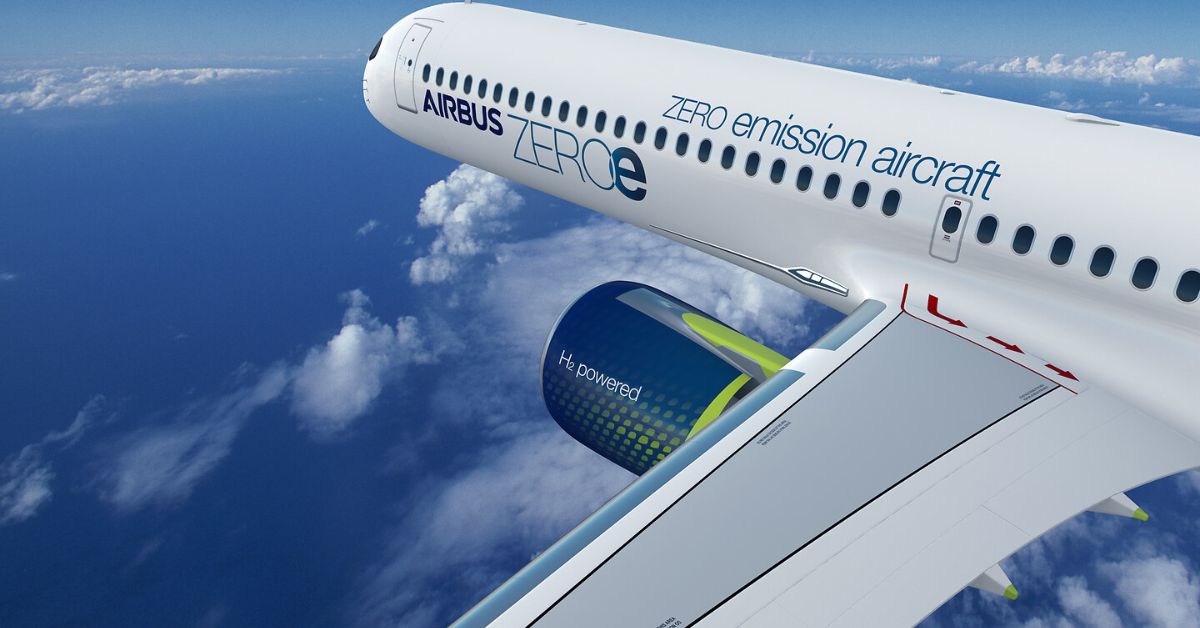
Electric aircraft have been in development for some time, and many companies are investing in the technology. The advantage of electric aircraft is that they produce less noise, lower emissions, and require less maintenance compared to traditional aircraft. They could be particularly useful for shorter regional flights, which make up a significant percentage of commercial air travel.
In addition to electric aircraft, hydrogen fuel cell technology is also being explored as a viable alternative to traditional jet fuel. These technologies have the potential to transform the aviation industry by reducing carbon emissions and improving efficiency.
Autonomous Aircraft:
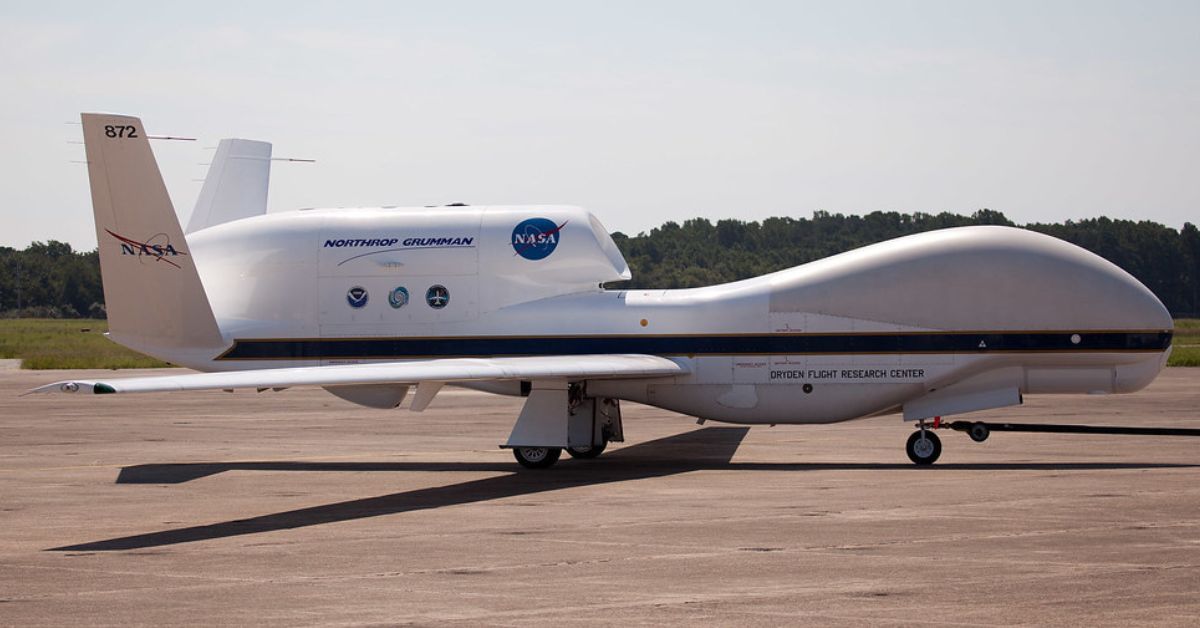
Autonomous aircraft are another development that could revolutionize the aviation industry. These aircraft could potentially reduce the risk of accidents caused by human error and improve efficiency by optimizing flight paths and reducing the need for air traffic control. While fully autonomous flights are not yet possible, it is likely that we will see more autonomous features being added to commercial aircraft in the near future.
Supersonic Flight:
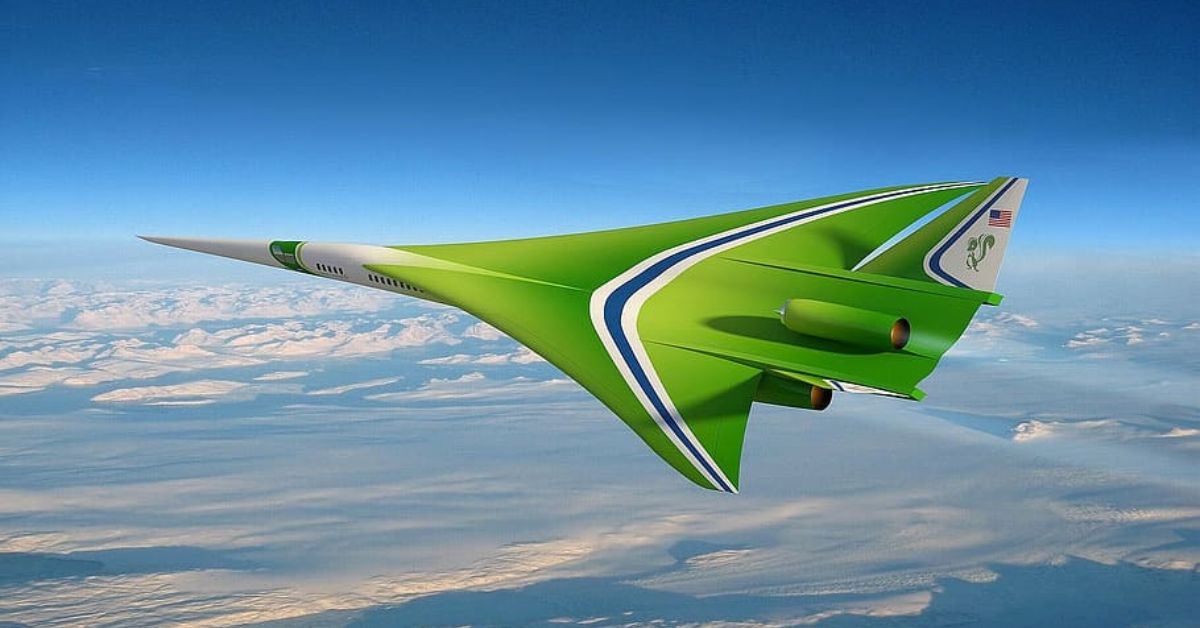
Supersonic flight is another area that is receiving attention from aviation companies. The Concorde was the first supersonic passenger jet, but it was retired in 2003 due to safety concerns and high costs. However, new technologies and advancements in materials science are making it possible to create supersonic aircraft that are safer, more efficient, and less expensive.
These aircraft could enable passengers to travel faster and more efficiently, potentially reducing travel times by half or more. However, there are still challenges to be overcome, such as noise pollution and the high cost of developing supersonic aircraft.
Passenger Experience:
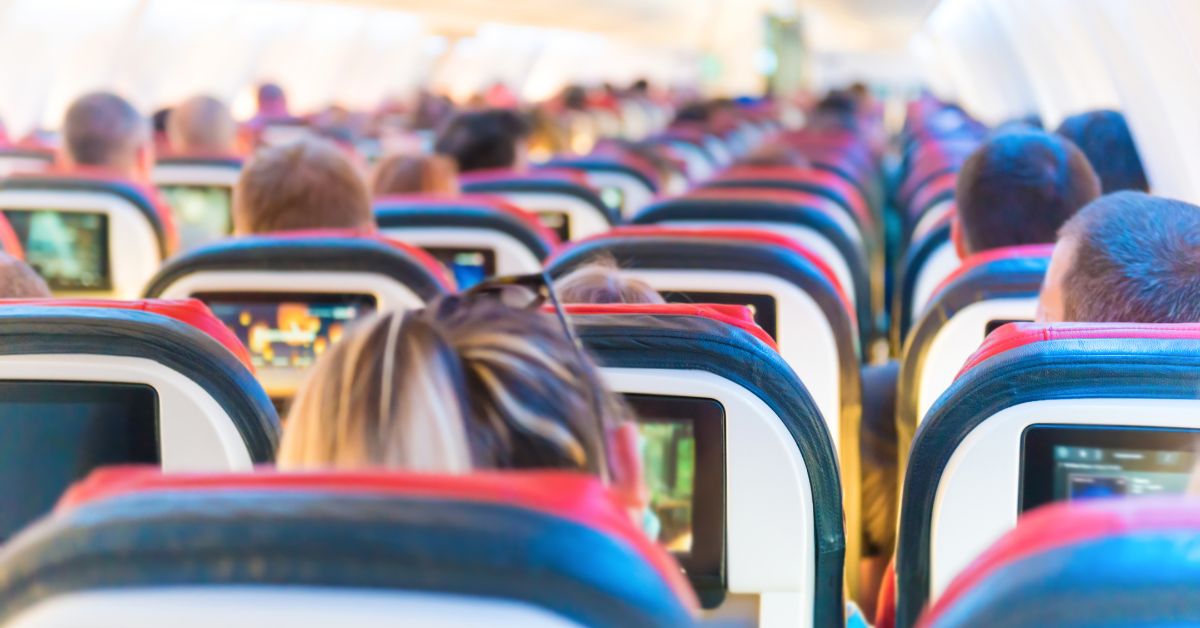
The passenger experience is another area where we can expect to see significant changes in the future of commercial aviation. Many airlines are already investing in new technologies and services to improve the passenger experience, such as virtual reality headsets, in-flight entertainment systems, and improved connectivity.
With the advent of new technologies such as augmented reality and 5G connectivity, we can expect to see even more immersive and personalized experiences for passengers. This could include personalized menus, virtual reality tours of destinations, and real-time language translation.
Sustainable Aviation:
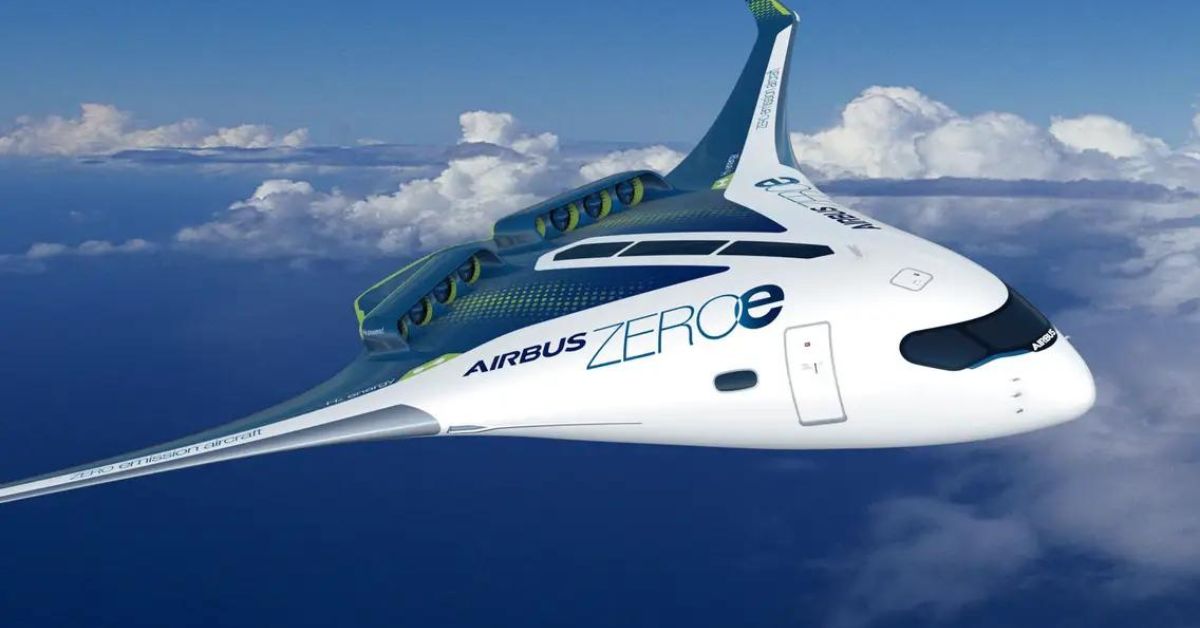
Finally, sustainable aviation is a growing concern for the aviation industry. With increasing pressure to reduce carbon emissions and mitigate climate change, airlines and aircraft manufacturers are looking for ways to make air travel more sustainable.
This includes exploring alternative fuels, such as biofuels, and investing in more efficient aircraft designs. Airlines are also looking at ways to reduce waste, improve recycling, and reduce the use of single-use plastics on flights.
Conclusion:
The future of commercial aviation is likely to be shaped by a combination of new technologies, changing consumer needs, and a growing focus on sustainability. From electric aircraft to autonomous flights, the aviation industry is constantly evolving and adapting to meet the challenges of the 21st century.
Thanks so much for taking the time, and we look forward to seeing you on our blog again soon.


